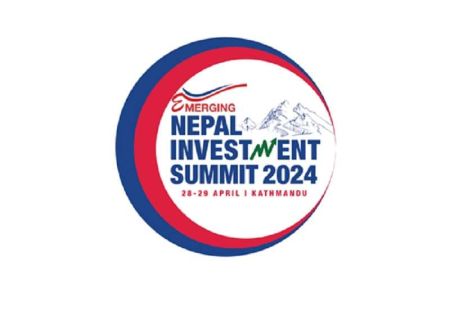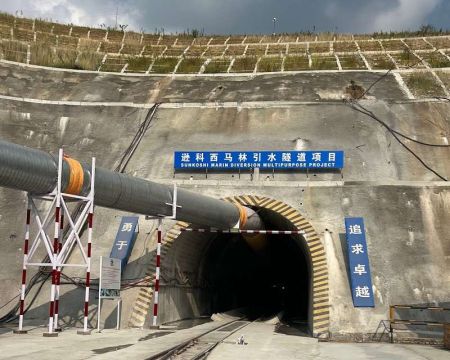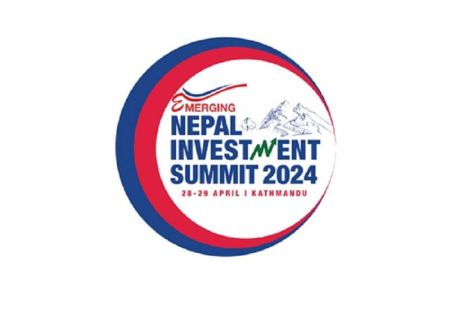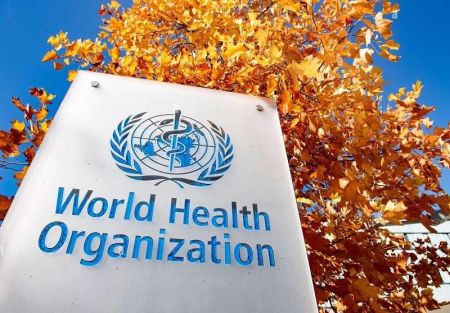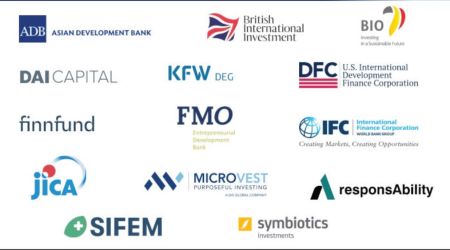Shivahari Sharma
Deputy Director General
Department of Urban Development and Building Construction
How safe are the buildings constructed by housing developers in Kathmandu?
The housing companies that want to construct community housing get license only after fulfilling a few procedures. First, the developer should get a planning permit from the Town Development Committee (TDC) based on regulations and by-laws. Next, the developers plan and design buildings and apartments which are later approved by the Department of Urban Development and Building Construction (DUDBC). The approval is subject to fulfilling the requirements of the National Building Code on safety, power supply, fire hazards, other possible disasters and structural design. Following that, the project, if big one, must pass Environmental Impact Assessment (EIA). If it is small one, it must pass the Initial Environmental Examination (IEE). EIA is approved by the Ministry of Environment and IEE from the Ministry of Physical Planning and Works. Then the site map is passed by the concerned municipality or VDC. The housing and apartment complexes have been properly designed and approved. So I don't think they are unsafe. We have our monitoring mechanism in place. But we feel it is not adequate. So, we are in the process of strengthening it. We have planned a third party monitoring system which means outsourcing the job as we have human resource constraint. The pace of urbanisation in the last decade in the capital has been tremendous because of the conflict. However, the growth is largely a haphazard one and urban infrastructure development has failed to keep pace with that of urbanisation. I feel infrastructure development in the city must be able to meet the pressures of migration and rapid urbanisation and such infrastructure development should be carried out by the metropolitan city and local bodies.
Could you tell us more about your monitoring mechanism that ensures the housing companies adhere to safety standards?
We do have our own in-house monitoring mechanism. However, monitoring of the environmental compliance has to be done by the concerned ministry as well. Similarly, adherence to the planning permit is evaluated by the TDC. The size of open space, size and number of units, ground coverage and some others aspects are specified in the planning permit. The monitoring by the division office of DUDBC has not been extensive due to resource scarcity. So, we are instituting a system of third party monitoring next year to evaluate the level of compliance. This will make the process more transparent. We have found cases where constructions have begun even before the approval. However, it has been tightened now and we have taken actions against such practices.
Do you have plans to limit the number of projects that come to you for approval?
With the fast pace of urbanisation, there is a huge demand for housing. The competition is still not adequate in community living and group housing. The target buyers of such housing should be the middle and lower income groups. But at present, the housing companies have targeted only the higher income groups. The main reason behind this is the high land price and complex land management system. Unless the land price comes down, this market cannot become competitive. Rather than controlling, this sector needs regulation through set standards. There are flaws that need to be corrected so that this industry will improve. The demand was affected after tightening of the housing loan. Last year’ inflation in the land price also affected a number of housing projects. In 2007-08 and 2008-09, there were a lot of new projects which took license but now we hardly have any takers. At present, the average cost of apartments is around Rs 6.5 to 9 million. However, some companies have recently introduced flats for around Rs 1.7 million. When the price comes down to around Rs 0.8 to 1 million, we can have housing for the masses.
After the recent relaxation by Nepal Rastra Bank in the control in housing loan, we can expect that the number of new projects may increase. Until 26 October 2010, 59 projects were given license and now there are 18 new projects in the process of acquiring licenses.
It has been observed that the process of issuing licence is rather lengthy and the companies need to visit numerous authorities in this connection. What is being done to simplify it?
This is also a big issue raised by the private sector. We have discussed about the one-door licensing process in the ministry. The process can be simplified but for now, they must visit four different authorities. EIA and IEE fall under the purview of a separate unit. Planning permit and map approval can be brought under one unit. They are currently under the purview of municipalities and TDC offices. But the existing law has to be amended first for such changes to take place. Developers have also demanded a change in the parameters for EIA and IEE. Their view is that the housing projects facilitate managed urbanisation and do not harm the environment much. We have discussed that too in the ministry and sent a proposal to the Ministry of Environment for consideration on this. It is true that the current procedure is time consuming but if all the requirements are met by the developers, it won't take much time.
The geologists say the geology of Kathmandu is not suitable for constructing high rise buildings. Why then has the department given licenses to construct tall apartment buildings?
Nepal lies in 11th most risky area of the world in terms of earthquake. Kathmandu is located in one of the world's most seismically active zones. But let's not forget that despite frequent earthquakes in Japan, they have so many skyscrapers. Therefore, high rise apartments will not pose a major threat if appropriate design is made, the building code requirements are fulfilled, soil tests and geological studies are conducted properly and quality constructions materials are used. The important thing is that the specific local conditions of the construction area have to be considered while giving planning permit.
People are concerned about the safety of the apartment buildings that are approved by the department. What is your evaluation of the safety in these apartment buildings?
Going by the designs that are presented to us, I don't think people should be wary. The private sector has invested a lot of money in their projects. If something goes wrong with one particular project, it is bound to affect other projects as well. With the kind of massive investment they have put in, they wouldn't want to make it unsafe. With the current speed of urbanisation, there won't be an alternative to high rise apartments in the near future. So, it's imperative that the safety measures are of the highest standard to win the confidence of the general public. We have checked the designs for the apartment buildings and feel that they are safe enough.
Why isn't there an inter-departmental coordination for developing infrastructure like electricity supply, road, sewage and drinking water?
Somewhere along the line, the inter-departmental and inter-ministerial coordination is missing. But the scenario has definitely improved now and there is no haphazard digging like in the past. If a maintenance work has to be done, prior approval from the road department must be taken. The problem is that one department does not trust the other's work. And a lack of discussion about the matter hampers the cause further. We also don't have a regulation unit for urban infrastructure in cities. We have proposed a town development corporation which will look at the local bodies and the planning unit in Kathmandu. However, the proposed bill is yet to be passed by the parliament. The proposed bill has proposed the formation of Kathmandu Valley City Development Corporation which will include five municipalities of the valley as well as the VDCs in the suburbs. We believe that if such an authority existed, coordination would definitely be improved.
By when do you think the city development mechanism will come through? How long will people have to continue to bear unmanaged and haphazard urbanisation?
There are plans for Kathmandu but they have not been implemented yet. A clear policy regarding land use is not there. After the formation of the national urban and housing policies, we prepared the draft of the bill and sent it to the relevant ministry. The policies are there but it does not have ownership in the absence of the physical development act. First of all, the land must be managed in order to ensure urban planning. For example, if someone decides to build a house in the middle of a field he would want to take the road, electricity and other infrastructure to the house. If there is a physical development act, it will prohibit the construction of a building in the farmland and deny the basic infrastructure for such land. We have also prepared the draft for an act on real estate business and regulation and sent it to the parliamentary committee.
If that gets passed, the buying and selling of property can generate revenue for the government besides providing security to the buyers. The present haphazard situation is due to the absence of a proper law that would ensure a proper control mechanism. We want that the growing cities should not suffer the same fate as Kathmandu. There should be decentralisation of services and opportunities so that development can be spread throughout the country in a balanced proportion. The government is working towards it and we can certainly hope that there will be positive changes soon.






